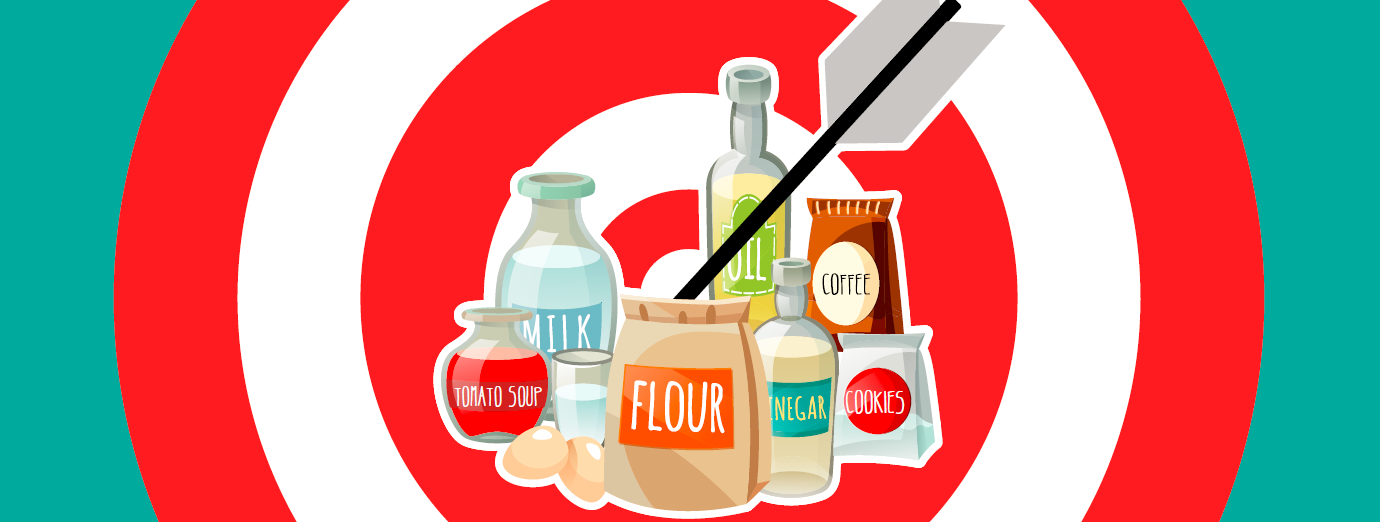This is the fourth of our series Thinking Retail: A Hard Discounting Journey. This Oliver Wyman series presents a monthly snack-sized idea related to the overall theme of hard discounting in the US.
Over the years, grocers have continually upped their store experience, adding restaurants, beer dens, and specialties like exotic chocolates from around the world. Yet with all of this theatre, hard discounters are still able to lure and keep supermarket customers. How do they do it?
There is no question that they offer a clear and heavily reinforced price message, yet this is not the only active ingredient in their potion. What attracts grocery consumers to shift their shopping to hard discounters?
Convenient shopping experience > Aldi and Lidl have bulls-eye lines which cover a majority of each category, simplifying the shopper’s choice in each category. Their artfully edited assortment connects well with consumers who are fatigued from shopping the 40,000 SKUs at a grocery store. By creating a limited number of products, each which offer great value for money, customers learn to trust and prefer Aldi and Lidl’s products. Bulls-eye lines also allow them to pack their smaller footprint stores with a wide variety of categories, providing customers a not-too-narrow, in-and-out format.
On-going investments in products and services > Aldi and Lidl aim for long-term growth, aided by their better than supermarket and hypermarket economics (4 to 7% EBIT; more on this in the next series installment) and their privately-held structures. These factors fuel investments in new products and services, such as in-store bakeries and products that are on-trend, including recent non-GMO and gluten-free formulations.
In response to the convenience and overall good value for money, consumers are moving their business to hard discounters. In our next item in the series, we will look at hard discounter economics, What are the advantages of their business model?






